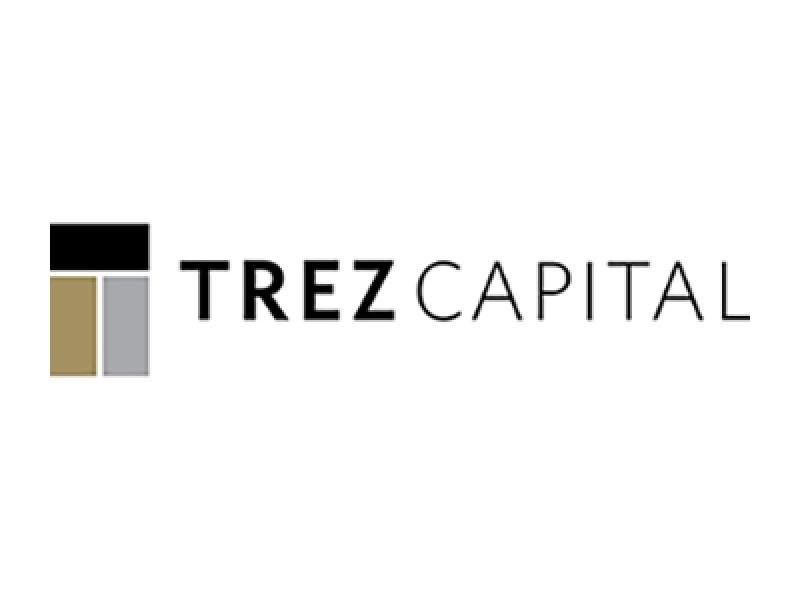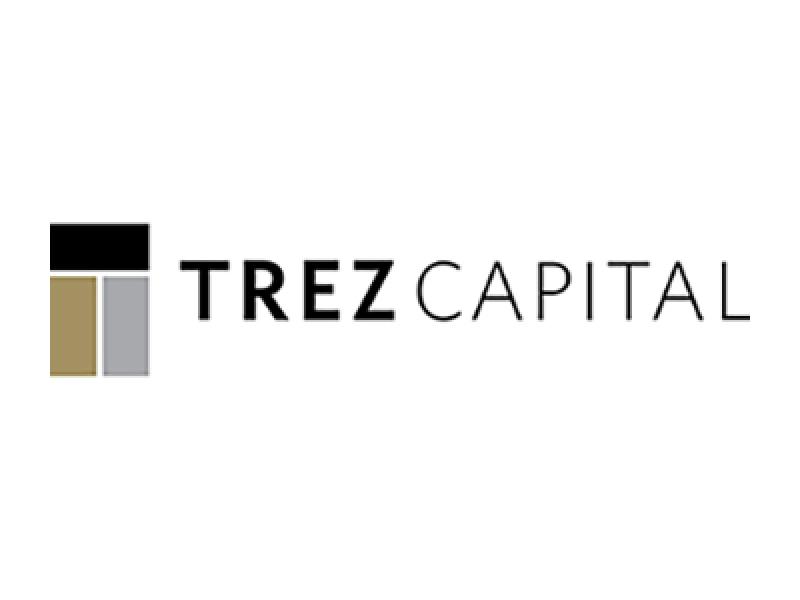
While the North American commercial real estate market faces unique challenges, the multi-family real estate asset class has shown remarkable resilience, even in the continued current high-interest-rate environment. Several factors contribute to the sector’s strength:
- Population growth and housing demand: Canada’s record-breaking population growth, combined with the challenges of unaffordability, has fueled demand for rental units, even amidst rising interest rates.
- Multi-family capitalization rates: Despite broader market challenges, cap rates for multi-family properties remain low in Canada due to rent growth expectations and strong investor demand. Cap rates for multi-family properties have seen marginal increases, with yields holding steady across most markets and generally not growing at the same pace as bond yields. The wide availability of Canada Mortgage and Housing Corporation (CMHC) insured term loans coupled with the expectation of continued rental rate growth have moderated cap rate growth in Canada. The national average cap rate for all multi-family categories, according to CBRE, increased slightly, rising four basis points quarter-over-quarter to 4.43%.
Challenges in the housing market
While the multi-family rental sector continues to hold its own, the Canadian housing market grapples with distinct challenges, particularly in meeting housing demand.
In August 2023, the Ontario government released a statement outlining additional housing targets and adding 21 municipalities as part of the plan to build at least 1.5 million homes by 2031. With an annual $400 million budget, municipalities with targets will receive a portion of the budget based on their contribution to the overall provincial housing supply goal and performance in relation to annual targets.
At the end of September 2023, the British Columbia government announced a similar plan: targeting 60,000 new homes to be built in 10 of the largest municipalities in the next five years, from Vancouver to Oak Bay. The targets for these municipalities include thousands of below-market rental units for the largest and fastest-growing communities, with a total increase of units between 8% and 14 % by 2028.
Royal Bank of Canada has indicated that country-wide vacancy rates have fallen to a two-decade low as high levels of in-migration and the increase in housing prices have sparked a record surge in both demand and rents. Overall, without significant rental options, Canada’s rental housing gap could exceed 120,000 by 2026. This would quadruple the current deficit, driving the sought-after vacancy rate of over 3% even further out of reach.
Several factors contribute to this housing shortage. One challenge is the extended timeline for construction, as there are currently fewer workers per housing unit, leading to longer build times. The Government of Canada has reported that 309,000 new construction workers need to be recruited between 2021 and 2030 due to the retirement of 259,100 workers, according to Buildforce Canada, which accounts for 22% of the current labour force. Similarly, in the states, according to Forbes, over 40% of the current U.S. construction workforce will retire over the next decade.
According to Statistics Canada, Canada’s population is growing at a record-setting pace. In 2022, the country’s population grew for the first time in Canadian history by over 1 million people in a single year, marking it the highest annual population growth rate (+2.7%) on record since 1957 (+3.3%) – underscoring the urgency of addressing housing shortages to accommodate the country’s growing population.
Looking forward
As borrowers and developers navigate the evolving economic landscape, multi-family real estate, in particular, stands out as a resilient opportunity during a time of chronic undersupply. Multi-family rental units are still experiencing robust construction activity, with starts currently running approximately 20% higher than pre-pandemic levels. The Department of Finance also announced at the end of September 2023 that the annual limit for Canada Mortgage Bonds is being increased from $40 billion to $60 billion. This will create additional low-cost financing and allow more rental supply projects to move forward while keeping values steady and helping boost levered returns in a high interest rate environment.
This resilience in the asset class underscores the enduring need for multi-family dwellings, driven by increases in demand, elevated property prices and low levels of unsold inventories.
CBRE believes that the economy will slow down as we reach the end of 2023 and will continue well into the first quarter of 2024. Due to this, additional rate increases are less likely as core inflation slows.
In order to navigate this economic cycle, partner selection is critical for safeguarding capital preservation, getting projects off the ground and generating inflation-adjusted returns.
About Trez Capital
Founded in 1997, Trez Capital is a diversified real estate investment firm and preeminent provider of commercial real estate debt and equity financing solutions across North America. Trez Capital offers private and institutional investors strategies to invest in a variety of opportunistic, fully secured mortgage investment funds, syndication offerings and real estate joint-venture investments; and provides property developers with quick approvals on flexible short- to mid-term financing.
With offices throughout North America, Trez Corporate Group has over $5.3* billion CAD in assets under management and has funded over 1,700 transactions totaling more than $17.5 billion CAD since inception. For more information, visit www.trezcapital.com.
*Trez Corporate Group AUM includes assets held by all Trez-related entities as well as $3.0 billion Manager AUM (Trez Capital Fund Management Limited Partnership).











